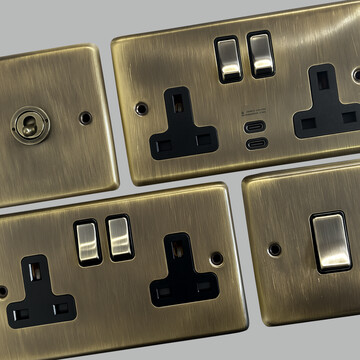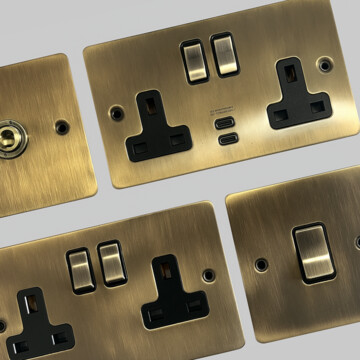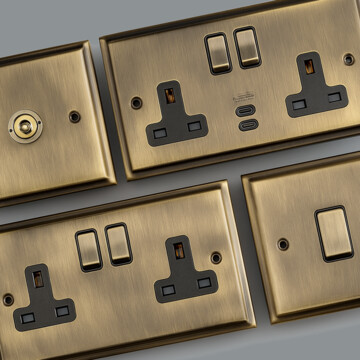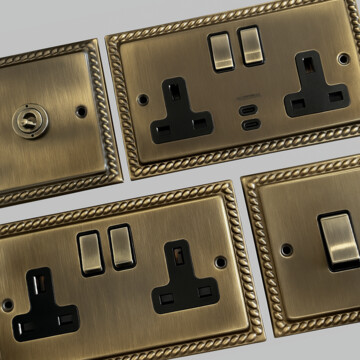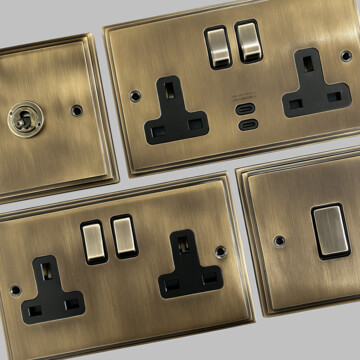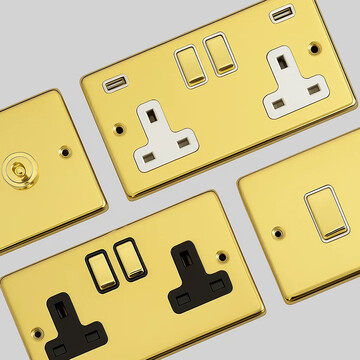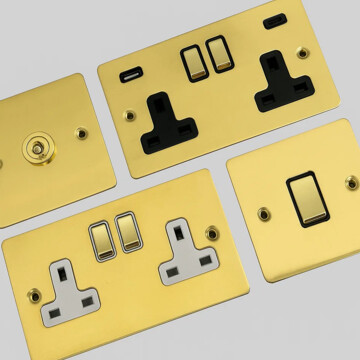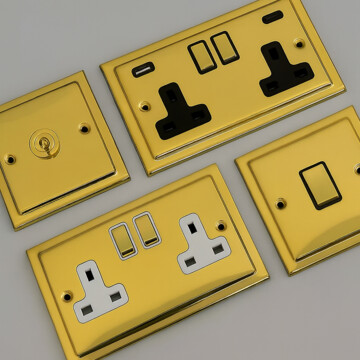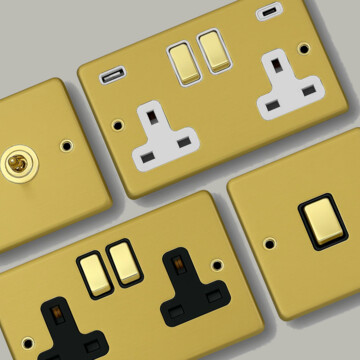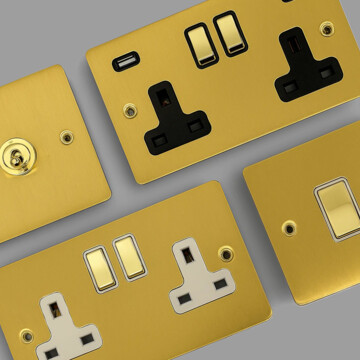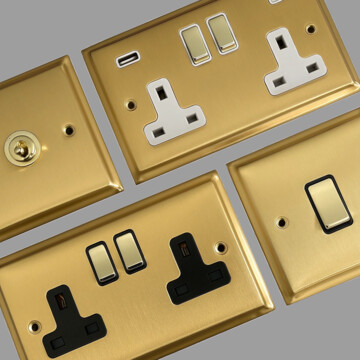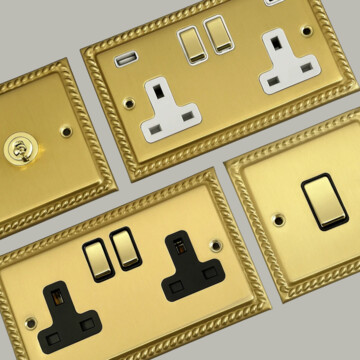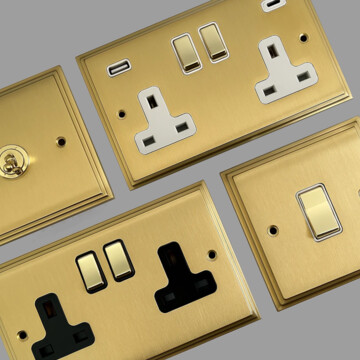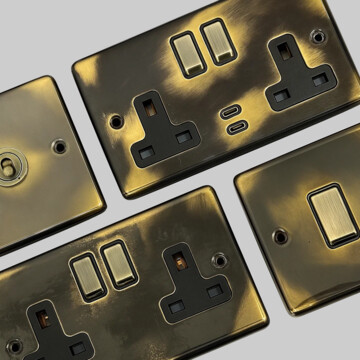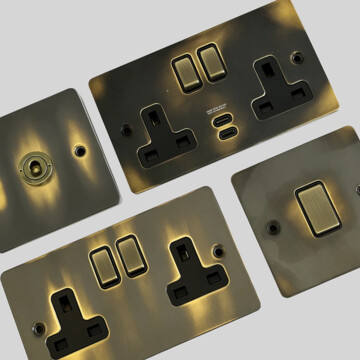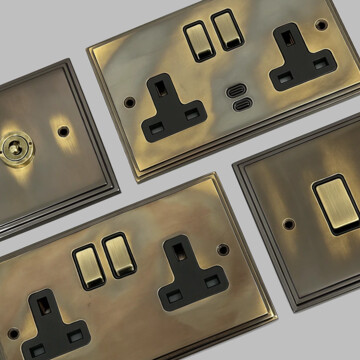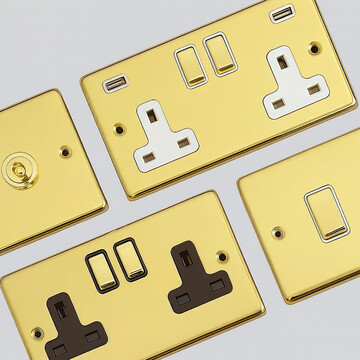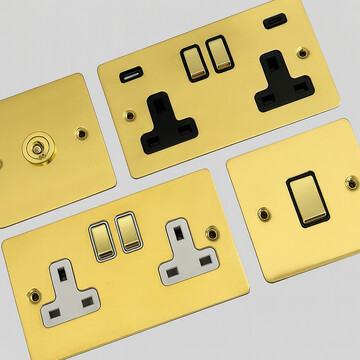
What is the Difference Between Antique Brass and Solid Brass?
The difference between antique brass and solid brass is that antique brass is a finish that is applied to a brass plate. A solid brass plate is a fitting made of brass, rather than a brass plated fitting. Many manufacturers save money by plating a cheaper metal, like mild steel. A solid brass plate can be either a cast plate or a pressed plate. In both cases 'solid brass' means only brass is used in the manufacturing process.
Antique brass is a finish applied to the brass. There are a number of ways of doing this, but it usually involves a process of aging or antiquing the surface of the plate. The plates are then finished with lacquer for a robust finish.
What is the difference between polished brass and antique brass?
The base metal of an antique brass and polished brass finish is the same. They are both made of brass. The difference is whether the plate is then polished and lacquered, or whether it is linished, or brushed, then antiqued before finally lacquering it.
Are there other brass finishes available?
Antique brass and polished brass are just two finishes available. We also have satin brass and aged brass finishes. They are, once again, made of brass but they are finished in different ways. Satin brass is a brushed finish, rather than polished. Aged brass is a more uneven finish, but is still along the style of an antique finish. We also have a light antique brass, black bronze and medium bronze finish.
Without lacquering the brass naturally tarnishes. For this reason we also have an unlacquered brass finish.
